Margaret Lipsey
You began your journey with painting during culinary school — how did that unexpected beginning influence your creative path?
After graduating from Howard University, I enrolled at the New England Culinary Institute in Vermont, where I immersed myself in a rigorous, hands-on culinary program. It was an environment of intensity, precision, and sensory engagement and one that ignited my creativity in unexpected ways. Amidst the choreographed chaos of kitchen work, I felt my creativity surge and I was compelled to buy paint and canvas to explore movement and color. Initially it was like I was capturing the feeling of being on the line in a restaurant, all muscle memory and instinct.
As I moved into my career as a chef, there was little time to deepen this exploration but dabbled in the next 15 years with poetry, knitting, and sewing. Coming back to painting once or twice but never really committing to anything. I think the biggest lesson of those 15 years as a chef was that those little curiosities, the hobbies that never quite took, were just building blocks. I was gathering information, I was learning my style, I was growing as an Artist, slowly and in what seemed like a disconnected way.
In hindsight, I can see how profoundly my culinary training shaped my artistic process. The way I build a painting by layering texture, experimenting with contrast, balancing color carries the imprint of those foundational years. There is an intentional composition to placing food on a plate or arranging hors d’oeuvres on a buffet. I can see how that attention to color and texture and form comes into my work.
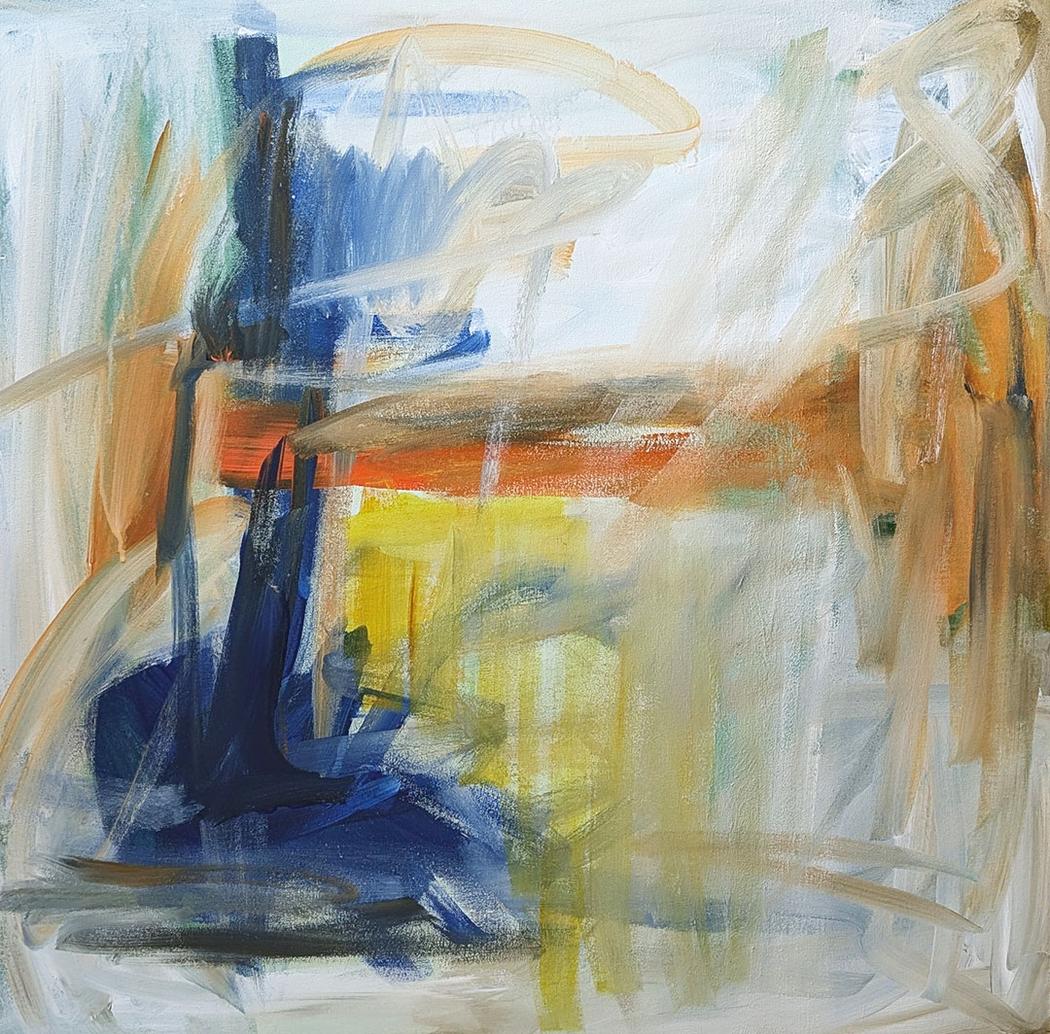 Margaret Lipsey | Obstructed view | 2024
Margaret Lipsey | Obstructed view | 2024
Your work often explores emotion through movement and color. Can you share what emotional states most often guide your brush?
In recent years, my work has become a vessel for reflecting not just on personal shifts, but also on the collective experiences of women navigating midlife. There’s been grief for time lost, for versions of ourselves we buried to survive. There’s been rage subtle at first, then louder: the kind that rises when we realize how much of our inner world we’ve set aside for the sake of someone else. There’s been frustration too, that we feel invisible or less than simply because of the box someone else has chosen to put us in.
With the Wild collection, in particular, I intentionally went into the studio feeling these things. Embodying the rage of being ignored once too often, allowing the tears of betrayal to flow, sitting in the consequences of choosing peace over being right. These emotions are somehow universal and beyond the simple designations of sad or angry. They are linked to stories, they are a sudden recognition of a pattern, they are an attempt at loving another only to realize that love sacrifices your own happiness.
The interesting thing is that, while I go into a painting feeling these emotions, the act of painting releases them. Without solving the problem or confronting the ex or coming up with advice to give, I move out of the heaviness. I find my center again. Looking at the work on the canvas when it is finished, I can see beauty in that energy, the power in releasing it, and the breath of relief at surviving it.
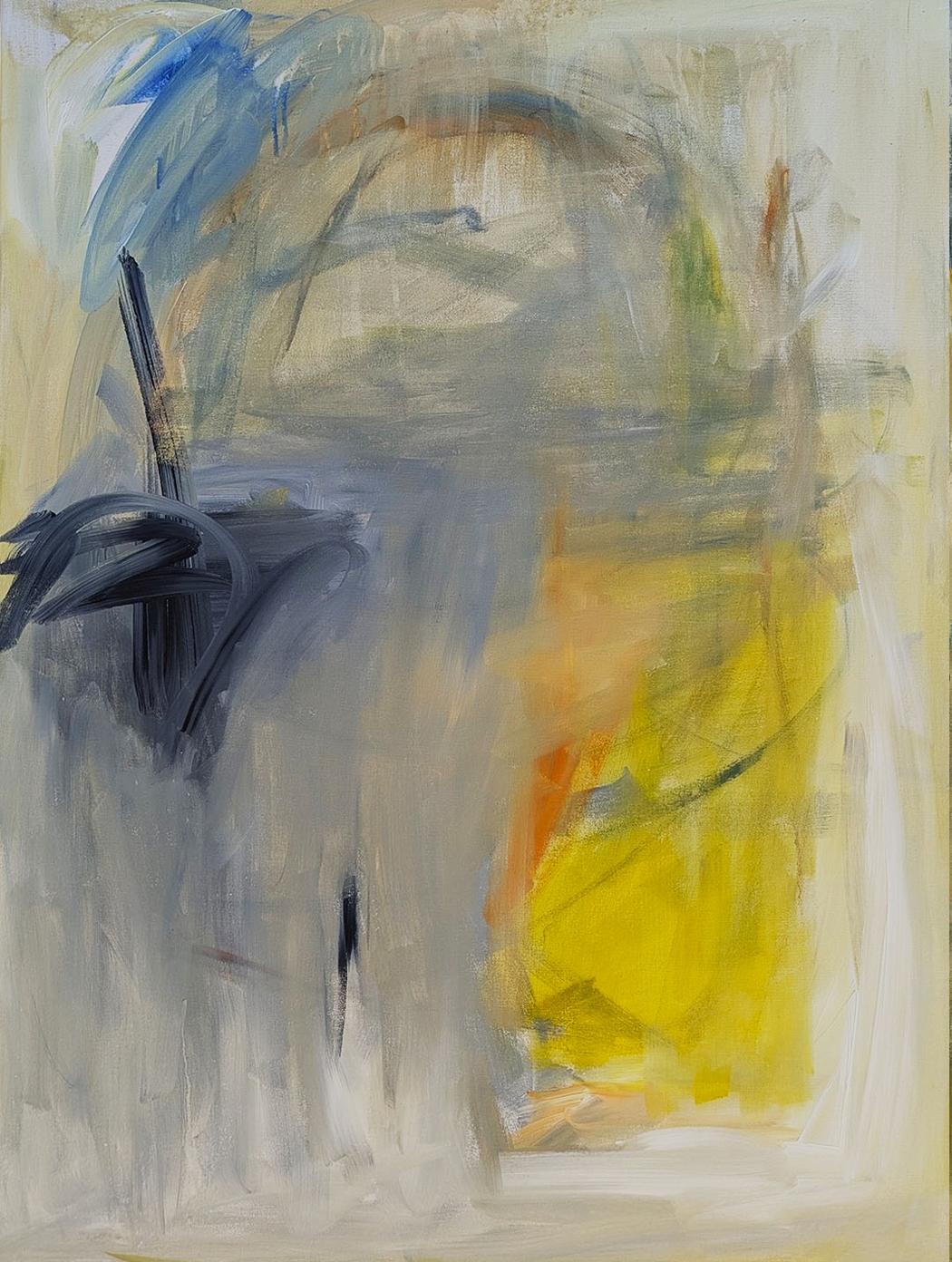 Margaret Lipsey | Almost completely disappeared | 2024
Margaret Lipsey | Almost completely disappeared | 2024
How does intuition shape your creative process? Do you ever consciously resist it?
My painting practice, as it exists today, began to take shape just before my 40th birthday, which is around the same time I enrolled in a meditation course. That was a turning point. I began to understand, more deeply, the power of stillness the ability to find peace when chaos was all around me. Painting became a kind of moving meditation for me, a state of attunement where time blurs and the brush knows something my conscious mind doesn’t yet understand.
Early on, I started filming my process, almost out of curiosity. I wanted to see what was happening, to observe how a blank surface became a story. What struck me most was how often the title of a piece, which usually emerges after completion, revealed something I hadn’t yet admitted to myself. I have found beauty in discovering what might come out of me next and have let my intuition guide most of my practice.
I have resisted it at times but those are the paintings underneath my work. Those paintings never seem to become what I intended them to be; they fall flat. There is a refinement part of my process that is after the intuitive flow, but intuition leads nearly every painting that I have loved enough to share with the world.
In your statement, you speak of transforming anger, sadness, and joy into visual form. Can you share a recent work where this transformation was especially powerful?
In the healing process, time often moves painfully slow. It can feel like being trapped in a cycle of pain, with only brief flickers of clarity or calm. The Only Way Out is Through explores the heaviness of healing, the depth of the darkness that I faced after my divorce, taking responsibility for my pain, and recognizing that I had lost part of myself in marriage, motherhood, and trying to build a career.
As I worked through those feelings there was a light that came from within. Remembering that woman I had been was the first step back to myself. That shining a light into the darkness of all that I did not want meant I could more easily see all that I desired. The piece itself is deep blues with all kinds of colors that come out of the depths, like pieces of myself beginning to re-emerge in that process of facing the truth and finally taking steps to move through it.
This painting really went on that journey with me. The deep blues give way to almost playful oranges and pinks. It reminds us that everything changes, and we can hold on tightly to our pain or loosen our grip and perhaps find joy again.
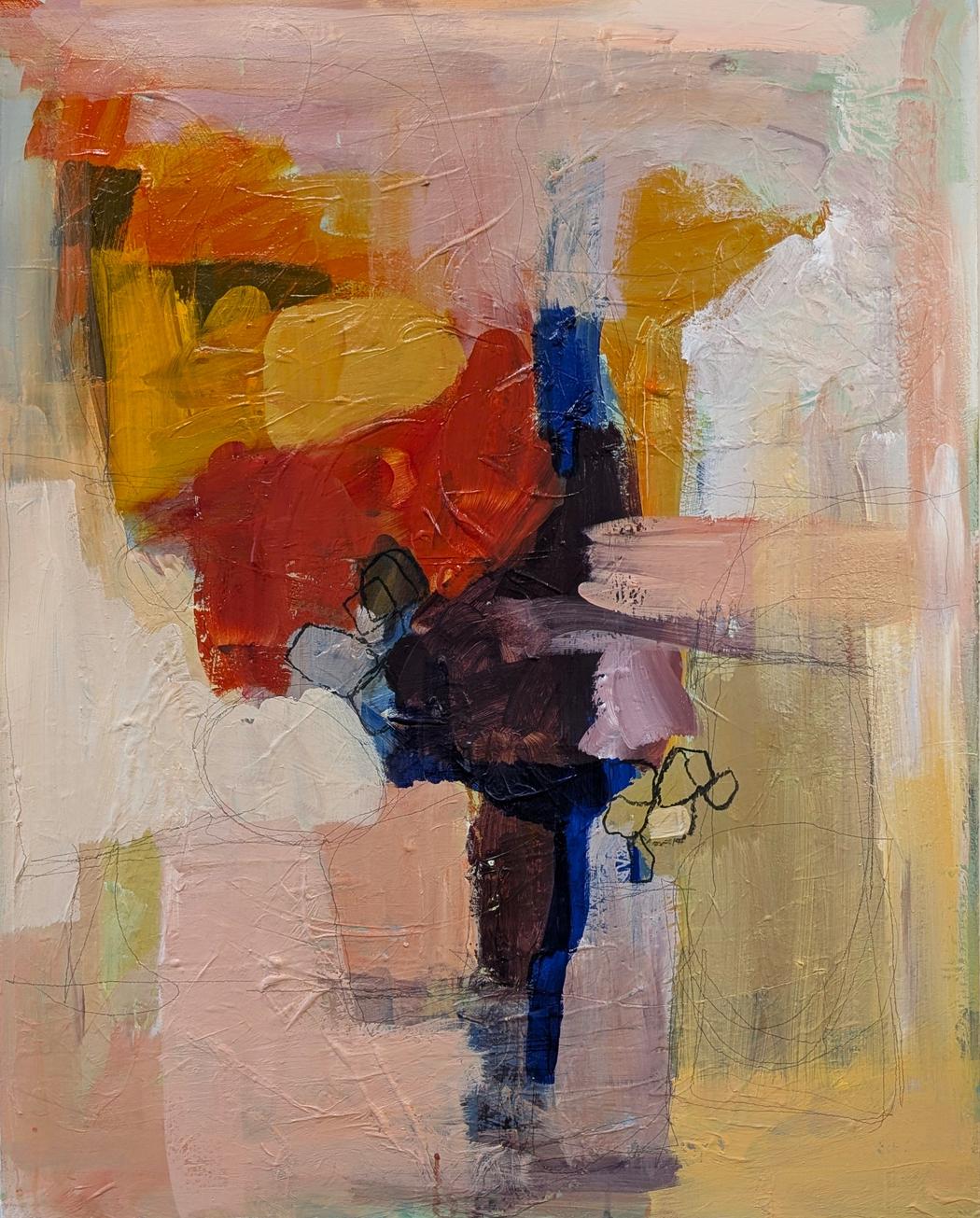 Margaret Lipsey | Alternations | 2025
Margaret Lipsey | Alternations | 2025
Your collections seem to respond to one another. Do you see your body of work as a personal visual diary?
From the beginning my work has been deeply personal. Sometimes it was therapeutic, working through old ideas and issues. Other times it has been nurturing, bring the essence of how I want to feel into reality.
Because my practice is based on exploration and building, I find I naturally move to the edges in terms of theme, size, and style. So yes, the collections are in response to each other, and they are helping me to navigate where I am going as an Artist. Each painting, each collection teaches me something about how I want to use color, about how subtle or assertive I want my brushstrokes to be, about what it takes to make people feel deeply. They reflect where I am in that year, that day, or that instant. Which means that the fullness of who I am, the richness of the human experience, the possibility of what it means to be creative is as diverse as all the works I have created.
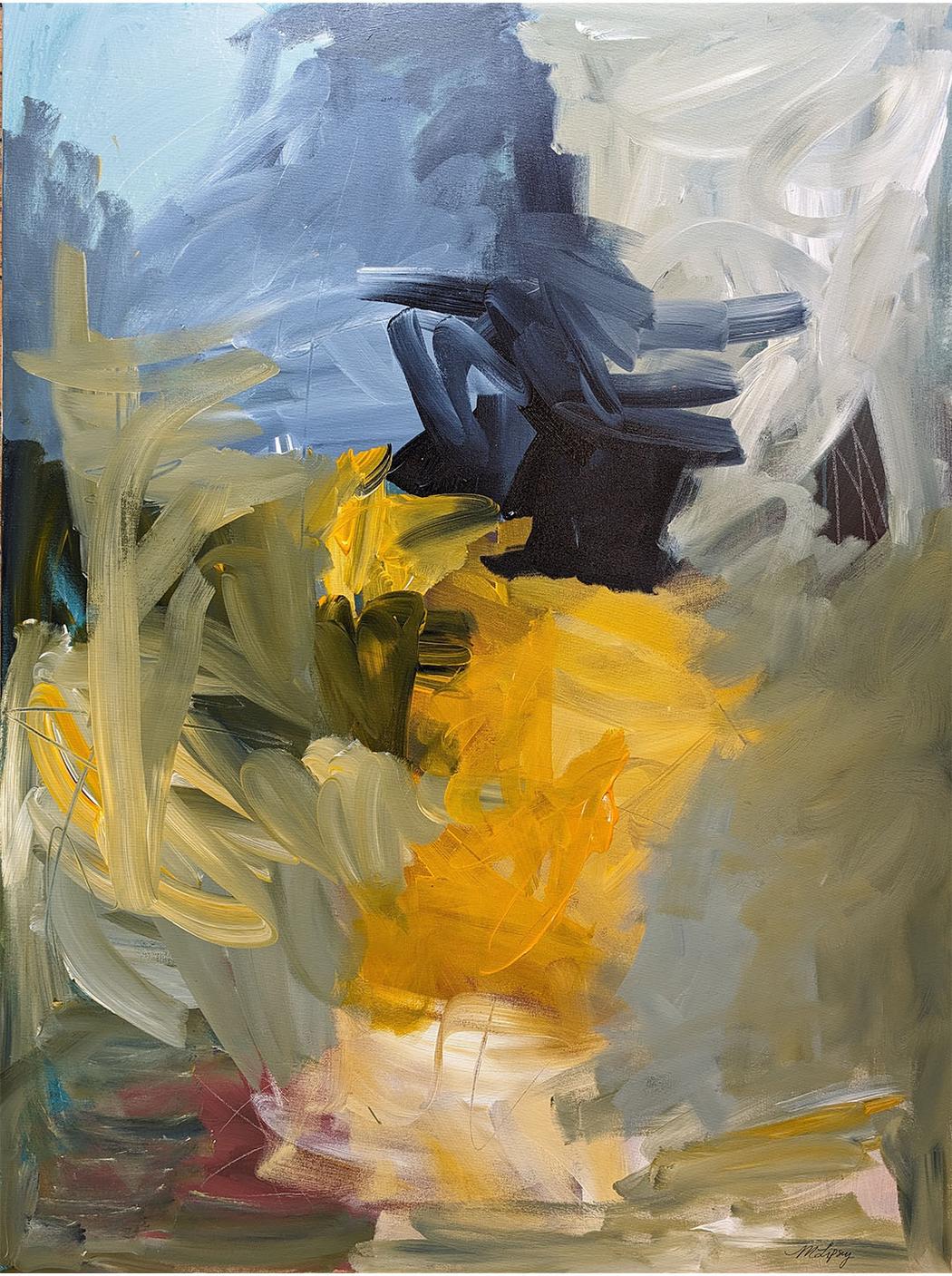 Margaret Lipsey | Creation blooms out of nothing | 2024
Margaret Lipsey | Creation blooms out of nothing | 2024
Do you consider your informal training an advantage in maintaining freedom in your expression?
For me, informal training combined with age have been to my great advantage. When I started painting in earnest at 40, I knew my taste, I knew the styles I wanted to explore, and I knew that I was unlimited. I started to call myself an Artist (with a capital A) and that meant I could do whatever I wanted. Over the past 10 years, I have played in watercolor, photography, wrote a poetry book, and explored hundreds of techniques. I think that if I had gone to Art school and started painting in my 20s my voice would have been less clear through that exploration, or I would have felt more of the impact of critique and acclaim.
I would have loved formal training for the way it stretches the mind and pushes students to go beyond the process. That is part of what I loved about culinary school, it wasn’t just watch and repeat, it required us to innovate. But I think there is value in letting curiosity guide me to the next technique, or theme, or collection. I fully immerse myself in the understanding and bring it into my practice in a more cohesive way.
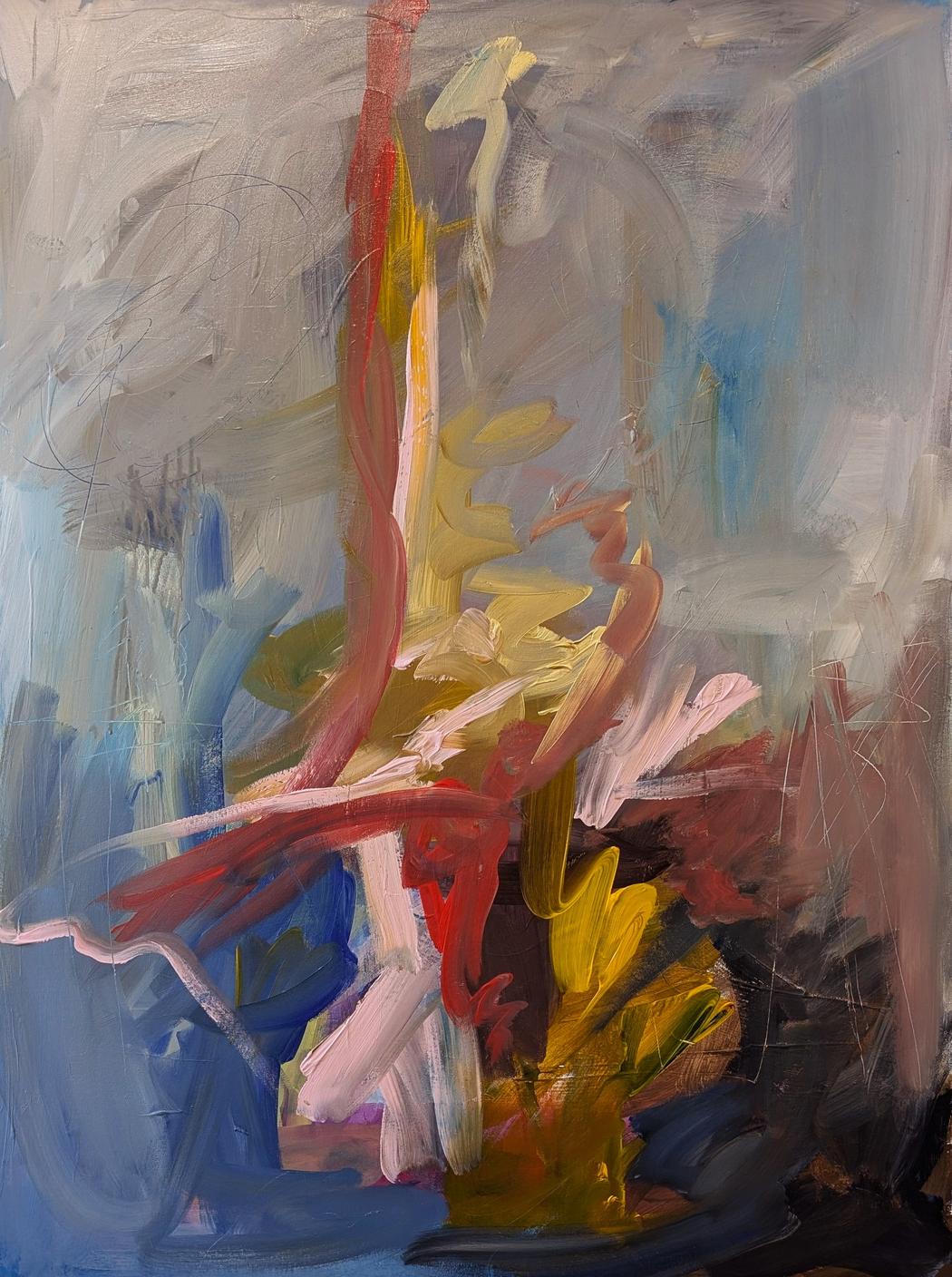 Margaret Lipsey | The shape of yes | 2025
Margaret Lipsey | The shape of yes | 2025
What does “Emergence” represent in your current stage as an artist — emotionally and stylistically?
I went into the studio one day this year and I realized I was finished with feeling angry. I wanted something softer. I wanted to stand in my own presence instead of being a reaction to the world. I felt like I had been grieving and frustrated for so long but that day it didn’t feel as true, I was a step away from it, I couldn’t walk around in it the way I had the day before.
As I started painting Emergence textures and marks returned to the layers, I picked up a palette knife for the first time in years, the brushstrokes became less defined, muted colors started supporting more bold swatches. I felt the shift as I saw it unfold on the canvas, this call to be sovereign, to own the past and the future, and to sit in the power of this moment as it creates what is to come.
Emergence represents a grounded power, a deliberate pace forward, and the desire to be acknowledged by the definition I give.

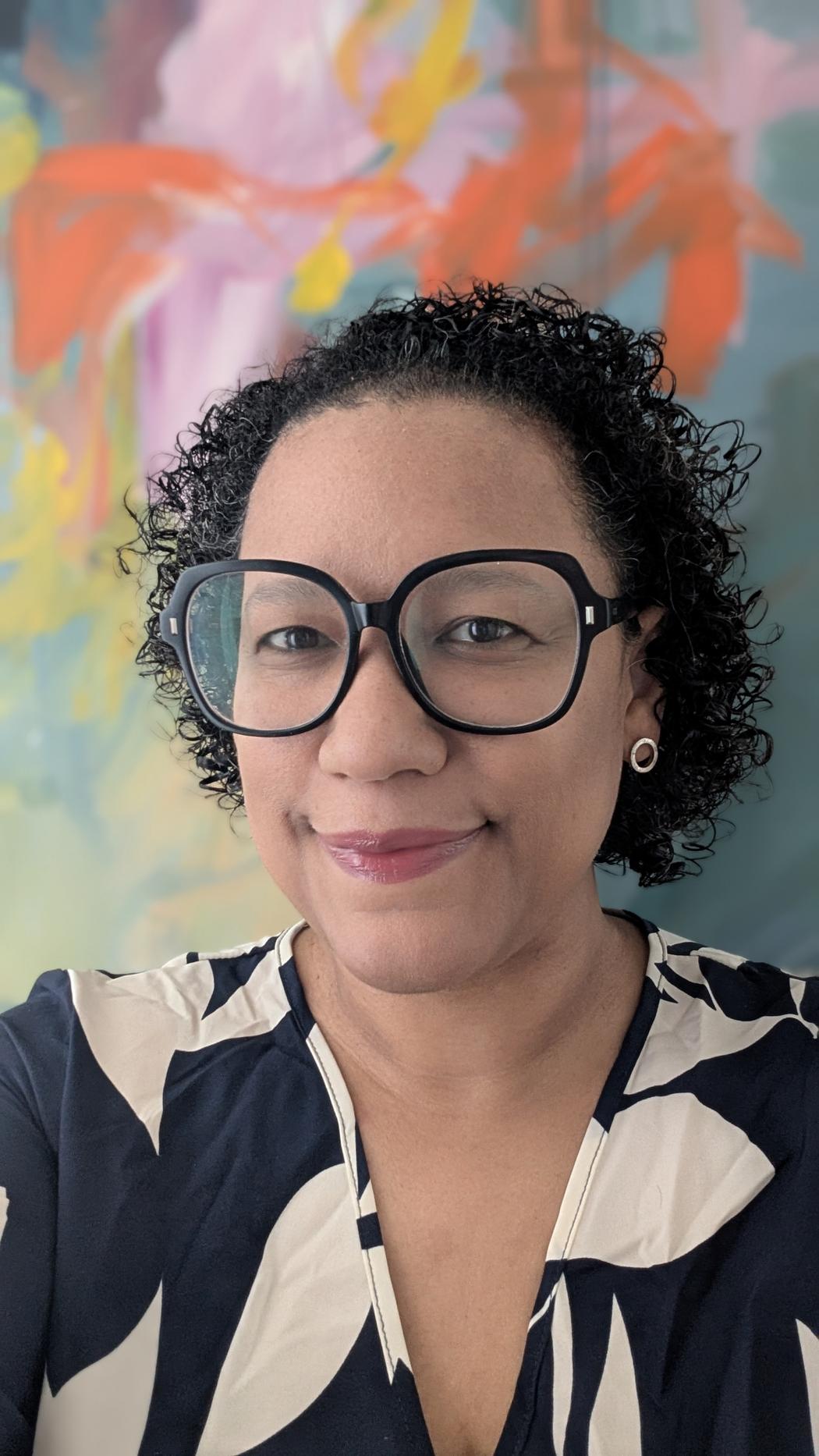
Leave a Reply
You must be logged in to post a comment.